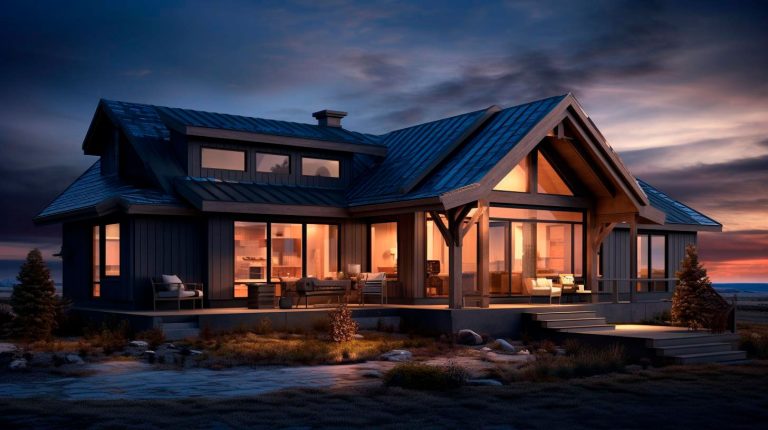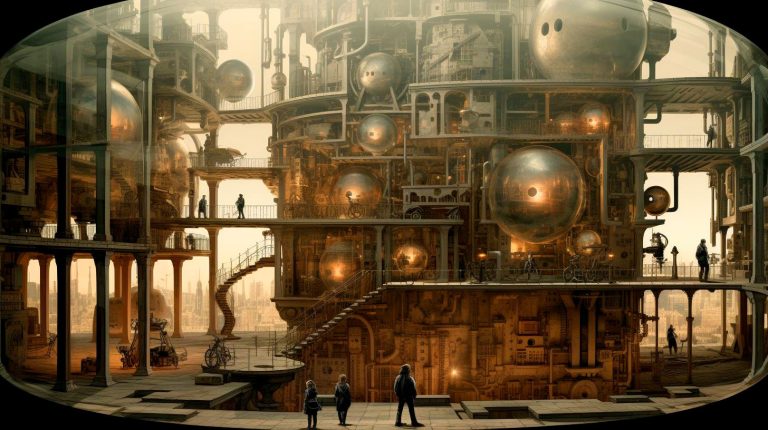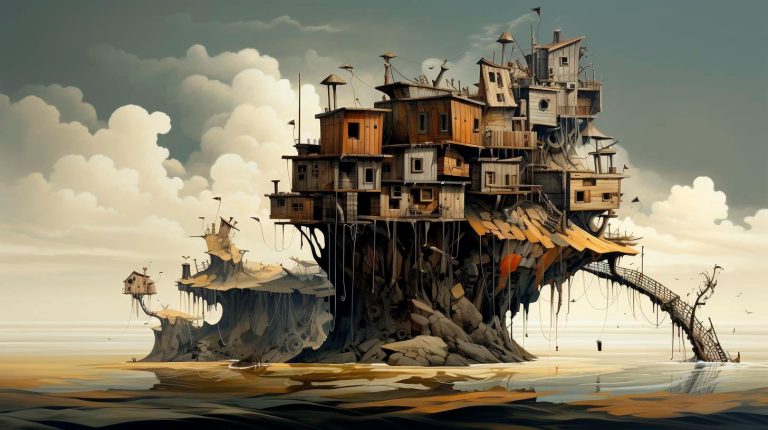In this blog article, we will delve into the art of capturing the beauty of darkness through the lens of your camera.
The Importance of Natural Night Photography
Natural night photography presents a unique challenge to photographers as it requires a different set of skills and techniques compared to daytime photography. By embracing the darkness and honing your skills in this particular genre, you can open up new creative possibilities and elevate your photography to new heights.
Key Takeaways:
- Natural night photography offers a distinct and enchanting perspective.
- Mastering night photography techniques expands your creative boundaries.
- Darkness can reveal details and moods that are often overlooked during the day.
Now, let’s explore some essential tips and techniques to help you capture the beauty of darkness in your photographs.
Mastering Long Exposures
Long exposures are a fundamental technique in natural night photography. By keeping the shutter open for an extended period, you can capture the ambient light of the night sky, resulting in stunning images with streaking stars, softly illuminated landscapes, and dreamlike motion.
To achieve successful long exposures:
- Invest in a sturdy tripod to keep your camera stable during long exposure shots.
- Use a remote shutter release or set a timer to minimize camera shake.
- Experiment with different shutter speeds to capture the desired amount of light and motion.
Key Takeaways:
- Long exposures reveal the magic of the night sky.
- A sturdy tripod is essential for sharp and blur-free images.
- Remote shutter release minimizes camera shake.
Utilizing Available Light
In natural night photography, mastering the art of utilizing available light is crucial. Unlike daytime photography, you won’t have the luxury of abundant light sources. However, this scarcity can also work to your advantage, adding depth, atmosphere, and a touch of mystery to your photographs.
Here are a few techniques to make the most of available light:
- Experiment with different white balance settings to set the mood and tone of your images.
- Look for artificial light sources, such as streetlights or moonlight, to illuminate your subjects.
- Consider using a wider aperture to capture the limited light available.
Key Takeaways:
- Available light adds depth and atmosphere to your night photographs.
- Adjusting white balance can enhance the mood of the image.
- Streetlights and moonlight can serve as valuable light sources.
Embracing Shadows and Silhouettes
Darkness brings forth fascinating opportunities to play with shadows and silhouettes, creating dramatic and captivating compositions. By incorporating these elements into your natural night photography, you can evoke emotions and leave a lasting impression on your viewers.
Consider the following techniques:
- Position your subject against a bright light source to create a striking silhouette.
- Experiment with creative angles and compositions to enhance the interplay between light and shadow.
- Use post-processing techniques to enhance the contrast and drama of your images.
Key Takeaways:
- Shadows and silhouettes add drama and mystery to your photographs.
- Bright light sources create compelling silhouettes.
- Post-processing can amplify the contrast and impact of your images.
In conclusion, natural night photography allows us to explore the hidden beauty of darkness, unveiling its secrets one frame at a time. By mastering long exposures, utilizing available light, and embracing shadows and silhouettes, you can capture mesmerizing images that transport viewers to a world of awe-inspiring beauty.
So, next time the sun sets and darkness falls, grab your camera, venture into the night, and unlock the enchantment that lies in the art of natural night photography.













+ There are no comments
Add yours